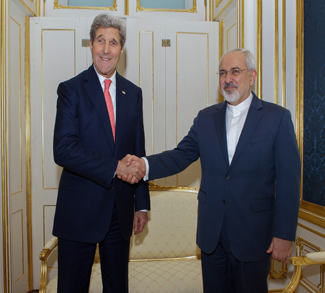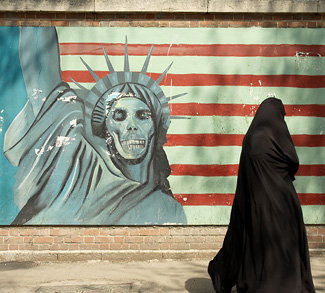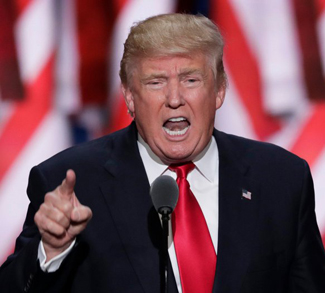Summary
Details of the Iran Nuclear Deal
- Iran will reduce installed centrifuges by two-thirds, from 19,000 to a total of 6,104, all of which will be IR-1s (first-generation). Only 5,060 of these will be allowed to enrich uranium over the next 10 years.
- Iran will not enrich uranium over 3.67% for the next 15 years.
- Iran will reduce its 10,000 kg stockpile of low-enriched uranium (3.67%) to 300 kg for 15 years.
- All excess centrifuges and equipment will be placed in IAEA-monitored storage, only to be used as replacements.
- Iran will not create any new enrichment facilities for 15 years.
- Iran’s underground enrichment facility at Fordow will be re-purposed into a research center (non-enrichment related science), and will not be used for enrichment purposes for a period of 15 years. Two-thirds of its centrifuges and equipment will be removed and placed in IAEA storage.
- The Natanz facility will house Iran’s 5,060 operating IR-1 centrifuges. All later-generation models will be placed in IAEA storage. Iran will be allowed to engage in limited research and development concerning next-generation centrifuges, but such research will take place within the confines of a P5+1 approved research plan, specially designed to ensure that Iran’s breakout time remains over a year for a period of 10 years.
- IAEA inspectors will have access to all of Iran’s uranium mines, enrichment facilities, and any site associated with the nuclear supply chain. They will be authorized to use all of the latest monitoring technologies to monitor Iran’s nuclear activities. The IAEA will also be able to investigate any site associated with rumors of covert operations or activities.
- The heavy-water reactor at Arak will be redesigned and refitted according to a plan approved by the P5+1. The original reactor core, which could be used to produce large amounts of weapons-grade plutonium, will be destroyed or removed from the country. Iran will not accumulate heavy water or build any other heavy water reactors for 15 years.
- Iran will receive sanction relief if it abides by the abovementioned commitments. US and EU sanctions, along with all UN Security Council resolutions on Iran’s nuclear program, will be rolled back in full upon verified compliance on all matters by the IAEA. The architecture of US sanctions against Iran will remain in place should they need to be reinstated in the event of future non-compliance. A new UN Security Council resolution will be introduced to control nuclear-related and dual-use technology transfer.
- Enrichment activity restrictions will remain in place for 10 years, and restrictions on building new heavy water or enrichment facilities will remain for 15 years. Robust inspections of Iran’s supply chain will stay in place for 25 years. Beyond that, Iran remains a permanent party of the NPT and an adherent to the IAEA Additional Protocol, accepting all inspection obligations therein.



